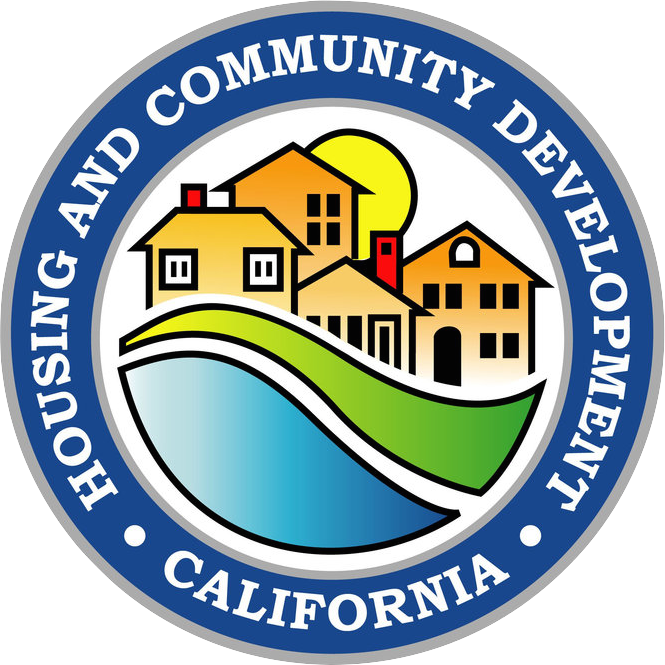Health and Safety Code (HSC) section 17959 establishes that a city, county, or city and county may, by ordinance, make changes or modifications in addition to or in excess of the requirements contained in the California Building Standards Code adopted pursuant to HSC sections 17922 and 18928. Cities, counties, and cities and counties may adopt regulations for Universal Design based on guidelines and the Universal Design Model Ordinance developed by HCD which is available for local adoption.
The Universal Design guidelines, when adopted, are intended to enhance the full life cycle use of housing and to accommodate a wide range of individual preferences and functional abilities. HCD has also developed a Universal Design Checklist which outlines features that may provide additional safety or mobility assistance to persons with mobility impairments or disabilities. In no case shall the changes or modifications be less restrictive than the requirements published in the California Building Standards Code.
When a city or county adopts a local ordinance that is more restrictive than the building standards contained in the California Building Standards Code, prior to making changes, there are specific requirements that must be followed before a local ordinance containing Universal Design building standards may be enforced:
- The city, county, or city and county shall make an express finding that such modifications or changes are reasonably necessary.
- File a copy of the ordinance and the findings with HCD.
- HCD may review the findings and each ordinance to evaluate their consistency with HSC section 17959(b)(2), and shall provide written comments to the adopting entity as to any such evaluation.
Reports, ordinances, and amendments can be electronically submitted using the Local Ordinance, Amendment, and Report Portal. See Information Bulletin 2023-03 (PDF) for more information.
Universal Design Model Ordinance
Assembly Bill 2787 (Chapter 726, Statutes of 2002) required HCD to develop guidelines and at least one Universal Design Model Ordinance (PDF) applicable to new construction and home modifications for voluntary adoption by local governments.
In general, the model ordinance provides:
- Definitions for critical terms
- Local option as to types of units (owner-occupied and/or rental), and number of units
- Specific exemptions and enforcement mechanisms
Examples of rooms and areas in covered units for which it is mandatory to offer certain design features
| General Room |
|---|
|
| Bathrooms / Powder Room |
|---|
|
| Kitchen on the Primary Entry Level |
|---|
|
Home Universal Design Checklist (AB 1400)
Assembly Bill 1400 (Chapter 648, Statutes of 2003) required HCD to develop guidelines and adopt a New Home Universal Design Option checklist. HCD developed a user-friendly checklist in 2007. HCD’s 2007 New Home Universal Design Option Checklist (PDF) identifies rooms and denotes features which must be offered by a builder in residential units subject to the ordinance that are being newly constructed or substantially rehabilitated. These features would only be installed if requested by the buyer/owner and would not cause an unreasonable delay or significant unreimbursable costs to the developer or builder.
The statute specifically requires the checklist:
- Cover single-family dwellings, duplexes, triplexes, townhouses, condominiums, or other dwellings.
- Include specified standards and features, and any other requested by the buyer at a reasonable time, if reasonably available and feasible to install or construct.
- Allow the developer and buyer be permitted to agree in writing to different standards if they are clearly disclosed.
- Indicate each feature on the list as "standard," "limited," "optional," or "not available."
- Include at what point in the construction process the buyer must notify the developer that the buyer wishes to purchase the features.
- State the developer is not required to provide any feature on the list.
- State that HCD can develop, certify, and make available a standard form providing the checklist information, and that a developer’s use of a form substantially the same as that developed and distributed by HCD is deemed to comply with the law.
The introductory section of the checklist provides information as to the house being purchased and clarifies, in plain English, the statutory requirements, and how the form works.
The 2007 New Home Universal Design Option Checklist (PDF) is a standard available to those who want to use it. Its use is deemed compliant with the statute. Any builder, however, may develop its own form as long as it complies with the requirements of the statute.

